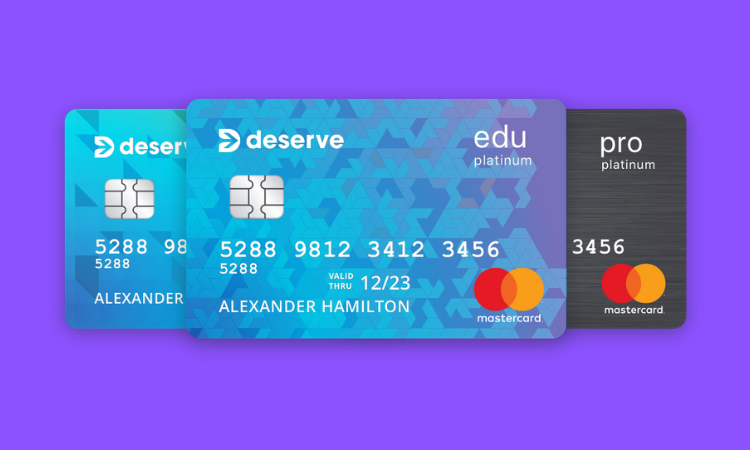Online Lenders, Podcasts
Deserve’s Kalpesh Kapadia: ‘We promise the best credit card for our customer’s profile and life stage’
- Young students were practically shut out of the credit system -- even worse for foreign students.
- Deserve uses data to issue credit cards to foreign students.









